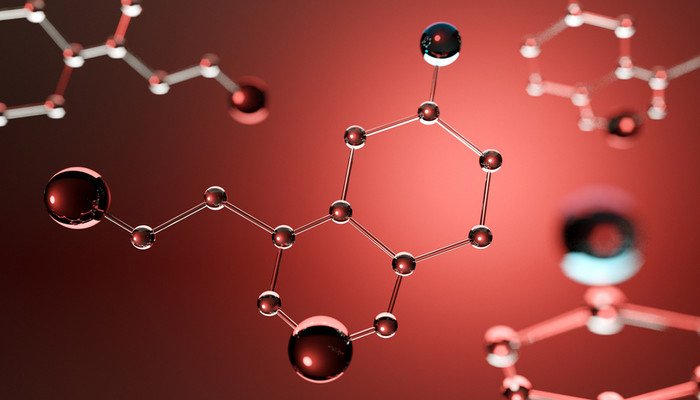SARM S-23 (Selective Androgen Receptor Modulator) - doping
Doping with S-23 - Investigation of Contaminated Product Ingestion

New publication
25th April 2025 (first published)
Alhalabi H, Korsmeier L, Thomas A, Thevis M. Investigations Into the Urinary Metabolite Elimination Profile of the Selective Androgen Receptor Modulator S-23 in Studies Mimicking Contaminated Product Ingestion for Doping Control Purposes. Biomed Chromatogr. 2025 Jun;39(6):e70090. doi: 10.1002/bmc.70090.
Abstract
Selective androgen receptor modulators (SARMs) have repeatedly been reason of adverse analytical findings (AAFs) in routine doping controls. Among these, S-23 has been identified in five AAFs reported in 2022. In addition to intentional doping, inadvertent exposure through contaminated dietary supplements has emerged as a significant concern, purportedly as well as evidently contributing to AAFs involving SARMs. Thus, the differentiation of inadvertent intake and intentional abuse of S-23 is of growing relevance. This study aimed at investigating the urinary concentration profile of microdosed S-23 and to characterize the elimination pattern. Single and multidose administration studies with 1, 10, and 50 μg of S-23 were conducted, and collected urine samples were analyzed by LC–MS/MS following enzymatic hydrolysis and solid-phase extraction. The analytical method was validated for a semiquantitative detection of S-23 and characterized by a limit of detection of 1 pg/mL. A total of 18 metabolites was detected in human in vivo samples following oral administration of microdosed S-23. Moreover, the study demonstrated that a single dose of 1 μg can be detected for an average of up to 253 h, while a single dose of 50 μg can be detected up to 544 h on average.